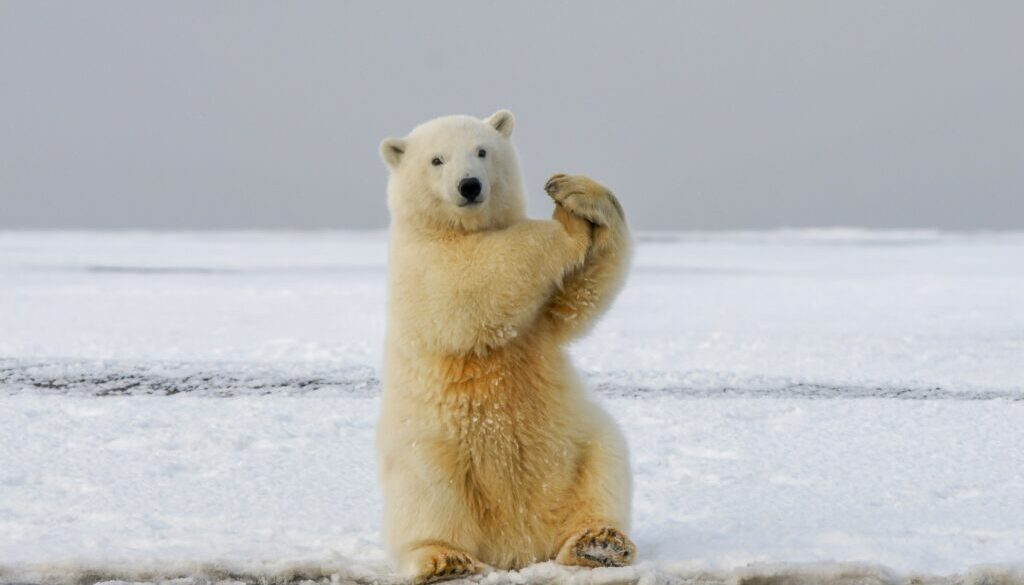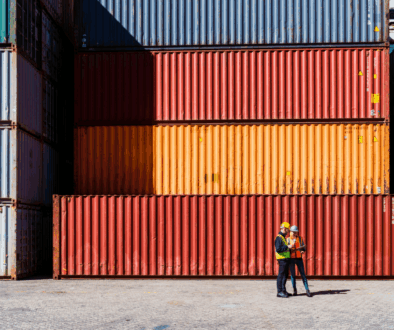PFAS levels increasing in Arctic animals, study finds
By Douglas Main
Concentrations of toxic pollutants known as per- and polyfluoroalkyl substances (PFAS) are continuing to increase in Arctic animals such as polar bears despite efforts to rein in their use, according to a new study.
One type of PFAS known to be of particular harm, PFOS, was largely phased out starting 20 years ago. But average levels in several populations of polar bears and seals have continued to go up in recent years, according to the paper, published this month in the journal Science of the Total Environment.
Exposure to some PFAS, also called “forever chemicals,” increases the risk of a wide range of health harms to humans and animals, scientists have found.
“There’s nothing in the Arctic that isn’t contaminated by PFAS,” says study co-author Rainer Lohmann, who studies persistent organic pollutants as an environmental chemist at the University of Rhode Island. “It’s just very sad.”
Of the animals looked at in the study, polar bears had the highest concentrations of various types of PFAS, approximately 10 times what has been found in people in the region.
Troubling findings were also seen for a type of PFAS called PFNA. Average concentrations of PFNA have steadily risen over the last couple decades in all populations of polar bears and seals studied, and appear to still be on the rise, according to the paper.
The latest published work adds to more than 200 studies that have turned up PFAS in well over 600 animal species, including those that are threatened or endangered.
The new paper looked at scores of recent studies throughout the Arctic, with the notable exception of Russia, to paint an up-to-date picture of what researchers think is happening in the region. The work included swaths of the United States, Canada, Denmark, Norway, Sweden, Finland, and land belonging to Indigenous tribes.
These persistent chemicals are arriving in the Arctic in several ways. Importantly, PFAS can volatilize and float throughout the Earth’s atmosphere, far from where it’s manufactured. These products also end up in the water downstream of plants that manufacture PFAS, or in effluent from wastewater treatment plants, to reach the ocean and spread worldwide.
Many of these chemicals are affected by temperature. Some PFAS chemicals can undergo an atmospheric reaction in the extreme Arctic cold to form PFOS and other chemicals of concern, before making their way to the Earth in snowfall, Lohmann said. This is one reason why the Arctic is more susceptible to PFAS pollution.
The scientists found the largest concentrations of PFAS in polar bear’s livers and bird eggs. Studies have reported high levels of PFOS and PFNA in the eggs of species as diverse as herring gulls, common eiders, European shag, and thick billed murres.
Many of these chemicals “bio-accumulate” in the environment, moving up the food chain. PFAS can be taken up by algae, then zooplankton, fish, seals, and then by polar bears.
The presence of PFAS in Arctic animals poses a risk to people who consume those animals. Many Indigenous groups in the Arctic rely heavily upon fish and local wildlife for food, which helps explain how they have been so widely exposed to PFAS.
The review “does raise ethical and conservation concerns as indigenous communities rely heavily on traditional diets that may now be compromised by contamination,” said Ivan Kourtchev, an environmental chemist at Coventry University, who wasn’t involved in the review.
It also shows “how persistent and mobile these substances are, capable of traveling long distances through air and water,” he added. “It’s clear that these pollutants have the potential to persist and spread over long distances, potentially affecting environmental health in areas far from their sources.”
A separate study Kourtchev co-authored found one type of PFAS in the air above a remote field site in the Amazon rainforest. That paper was published in September in the same journal as the Arctic review.
Dealing with the problem of PFAS pollution in the Arctic, or anywhere for that matter, will require international cooperation, said Jamie DeWitt, director of the Pacific Northwest Center for Translational Environmental Health Research at Oregon State University.
“I think that these types of reviews highlight that pollution doesn’t follow national borders,” she said. “Individuals can consider purchasing products from companies that do not use PFAS. But in terms of producing it, curbing emissions, and cleaning it up, this will have to come from decision-makers and policy-makers” around the world.
In 2021, the EPA announced its PFAS Strategic Roadmap, which outlined a strategy for cleaning up PFAS contamination and curbing the further spread of the toxic chemicals into the environment.
(Featured image by Hans-Jurgen Mager on Unsplash.)




